
Sandro Botticelli: Biography, Artistic Career, and the Best Paintings of the Artist
Sandro Botticelli (born 1444/1446 - died May 17, 1510) - Florentine Artist of the 15th Century and a Prominent Figure of the Early Italian Renaissance. Among his contemporaries, he stood out with a unique style. While other masters were fascinated by perspective and volume, Sandro Botticelli preferred clear and concise lines, focusing on conveying human emotions. His Madonnas and depictions of saints are essentially psychologically rich portraits, capturing subtle emotional experiences. Compared to other works of that era, Botticelli's paintings appear lighter and more graceful, and the restrained emotions of his characters still touch us even after 500 years.
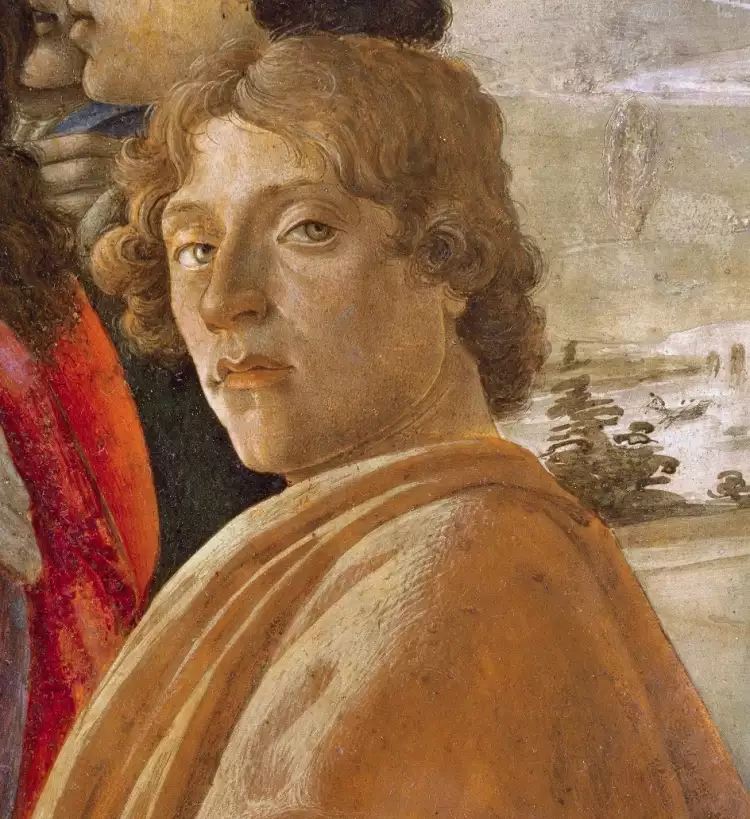 Sandro Botticelli. Alleged self-portrait in the painting Adoration of the Magi, 1475
Sandro Botticelli. Alleged self-portrait in the painting Adoration of the Magi, 1475
Biography of Sandro Botticelli
Sandro Botticelli was born in Florence and became the fourth son in a well-to-do artisan family. The exact date of the artist's birth is unknown, but it is reliably estimated to be between 1444 and 1446. Traditionally, March 1, 1445, is mentioned as a probable birthdate. The name Botticelli, which is familiar to us, was given to him later in life; it was a nickname from his brother, a merchant, which means "little barrel." At baptism, he was named Alessandro di Mariano di Vanni Filipepi.
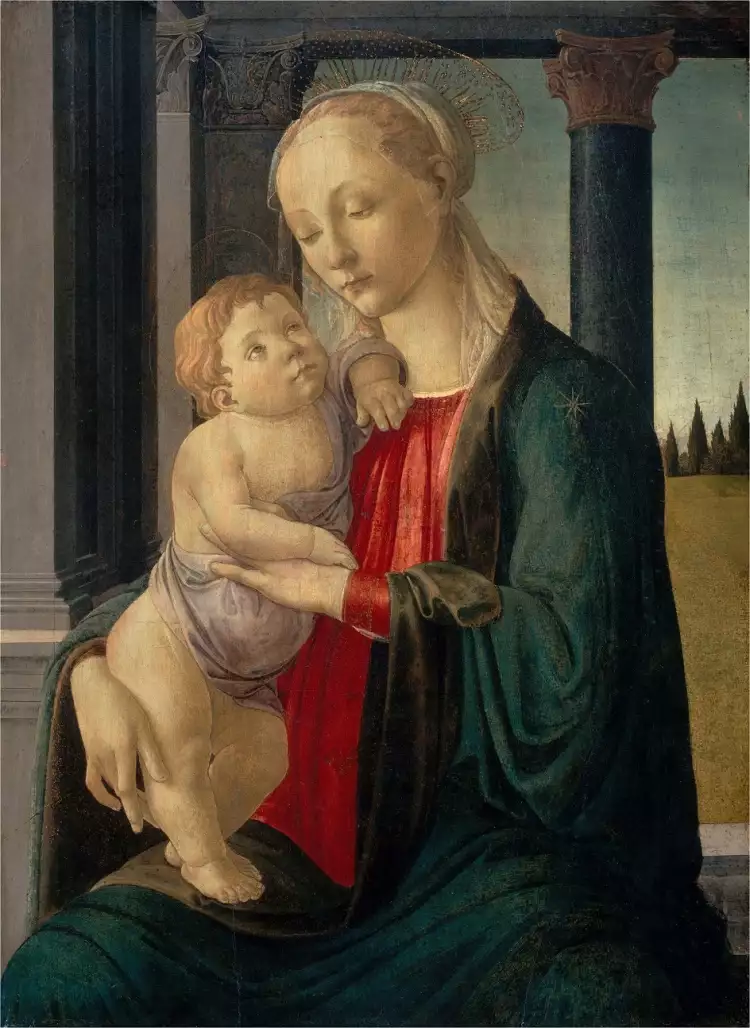 Sandro Botticelli. Virgin and Child, 1470
Sandro Botticelli. Virgin and Child, 1470
In his early youth, Sandro Botticelli was apprenticed to a goldsmith workshop, where he learned the art of precise drawing. Since then, the main focus of his art has always been the line rather than color. Typical traits of his works include clear outlines of figures and the presence of patterns and ornaments. He decided to become an artist after being inspired by the awe-inspiring works of Fra Filippo Lippi. Botticelli became an apprentice to this renowned painter around 1462.
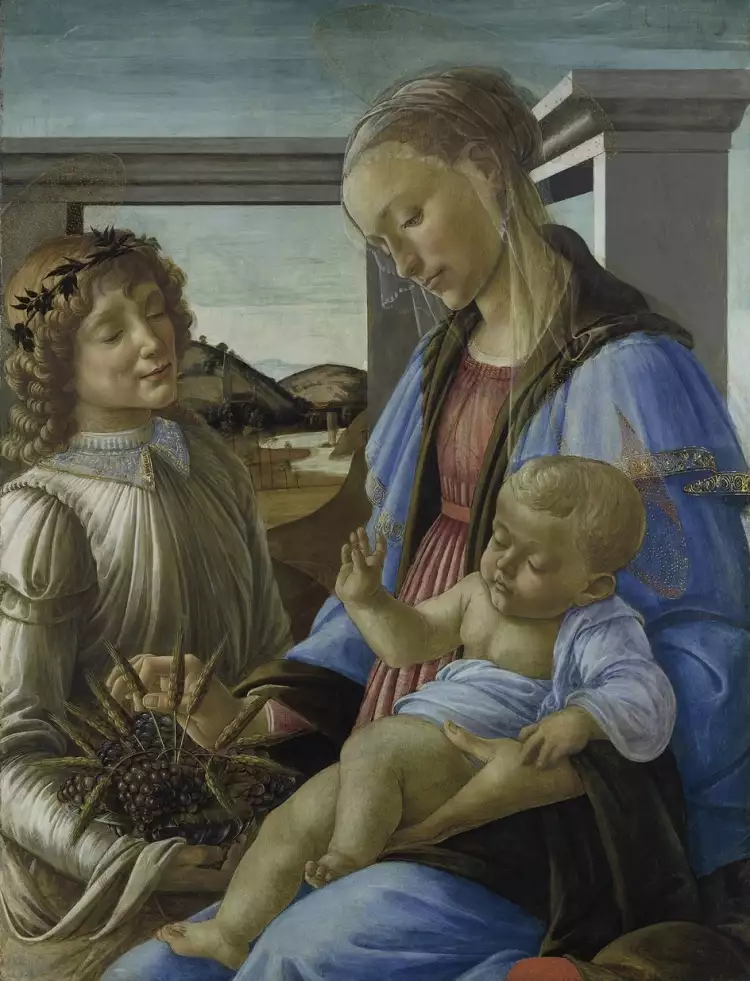 Sandro Botticelli. Virgin and Child with an Angel, 1470
Sandro Botticelli. Virgin and Child with an Angel, 1470
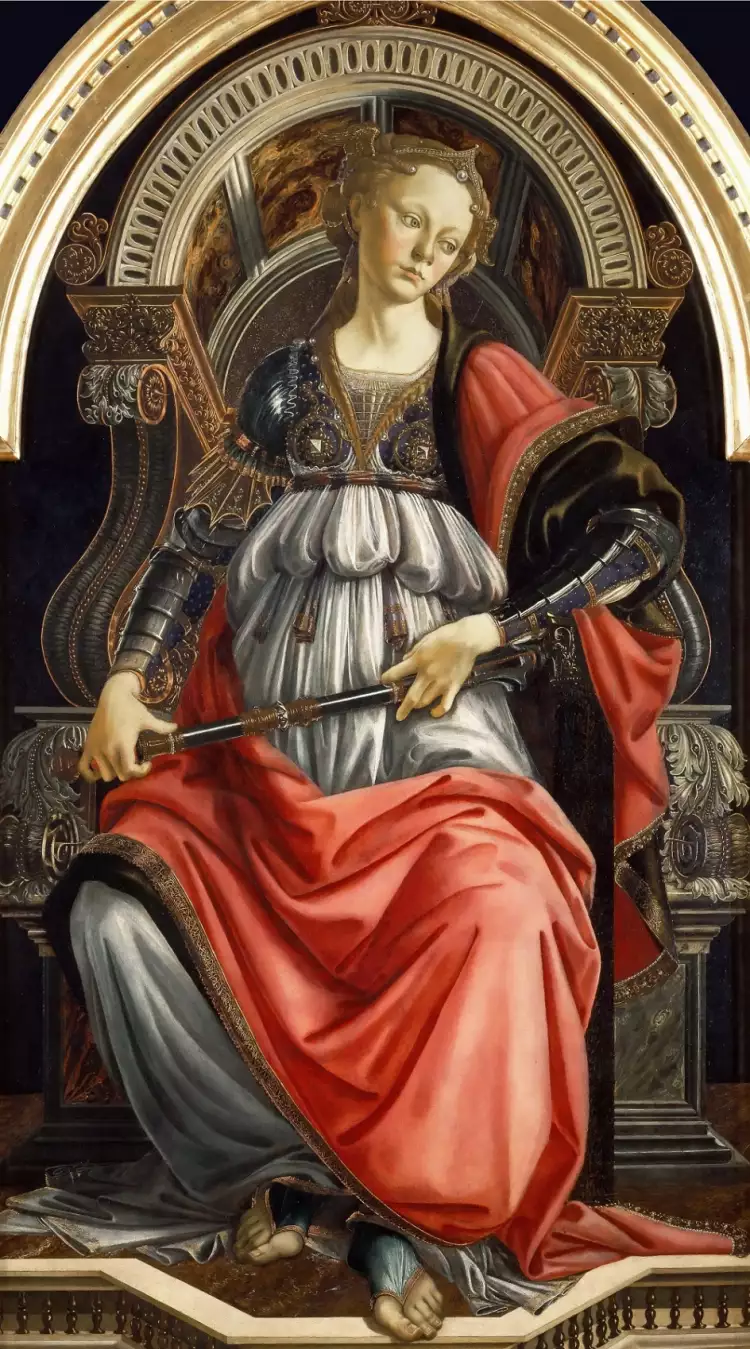 Sandro Botticelli. Allegory of Power, 1470
Sandro Botticelli. Allegory of Power, 1470
By the time of Fra Filippo Lippi's death in 1469, Botticelli had already become an independent and quite successful artist. He painted beautiful Madonnas on commission and took on several students, including the son of his own teacher. His initial fame came from "Allegory of Fortitude," painted for the decoration of a court hall, and "Adoration of the Magi," created for the Medici Chapel. The latter work garnered universal admiration and secured the artist's patronage by the influential Medici family.
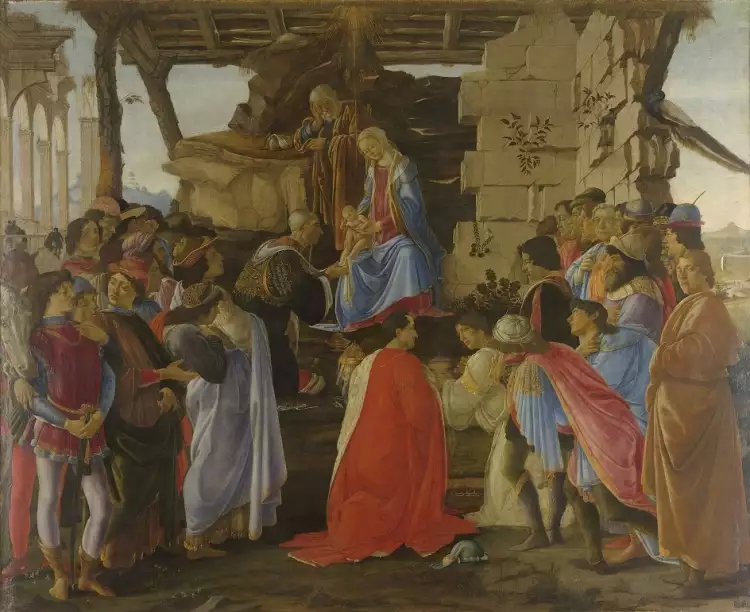 Sandro Botticelli. Adoration of the Magi, 1475
Sandro Botticelli. Adoration of the Magi, 1475
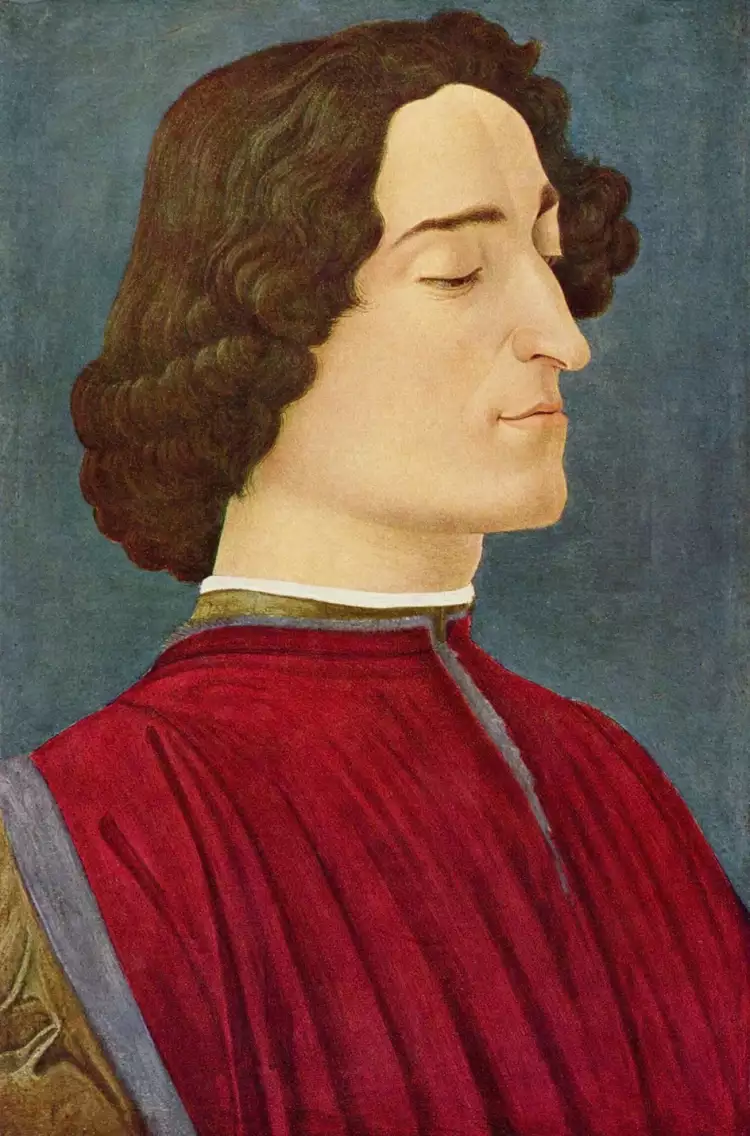 Sandro Botticelli. Portrait of Giuliano de Medici, 1478
Sandro Botticelli. Portrait of Giuliano de Medici, 1478
In 1481, Botticelli participated in the fresco painting of the Sistine Chapel. He painted three large scenes and several imaginary portraits of popes. Upon his return to Florence, the artist became even more famous; by that time, many of his competitors had left the city - Leonardo da Vinci went to Milan, and Andrea del Verrocchio to Venice.
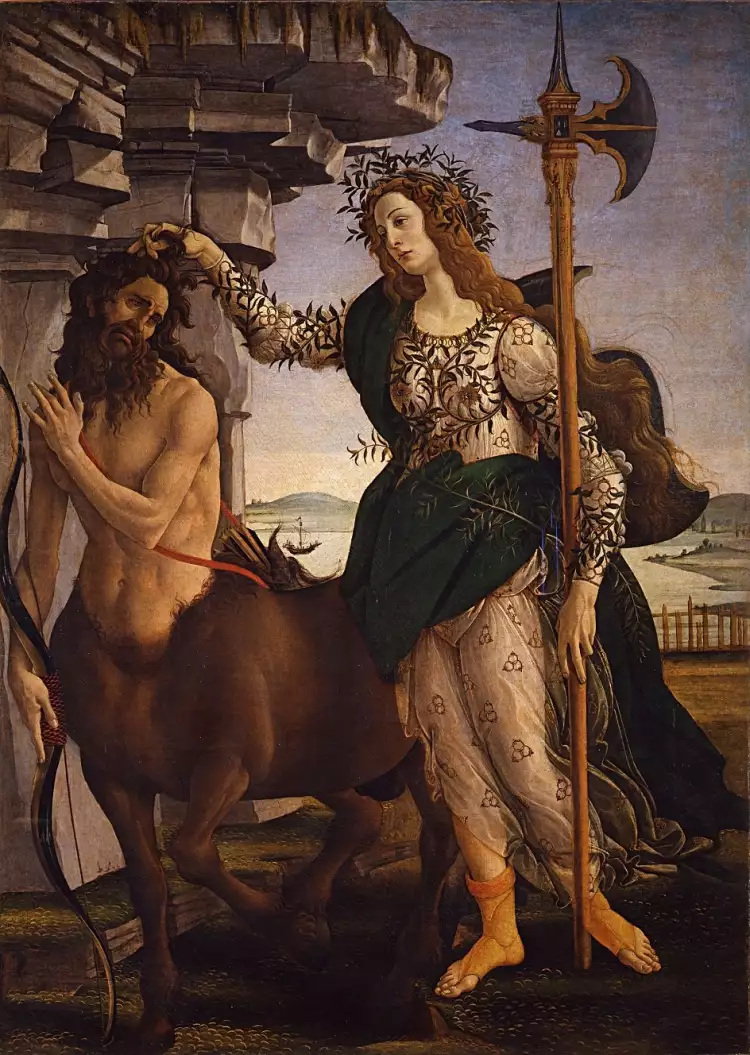 Sandro Botticelli. Pallade and Centaur, 1482
Sandro Botticelli. Pallade and Centaur, 1482
In the 1480s, the painter worked more than ever and created his most famous works, including "The Birth of Venus" and "Primavera." Two other well-known works on the theme of classical mythology are "Venus and Mars," painted for the Medici family wedding, and "Pallas and the Centaur," symbolizing the victory of reason over passion.
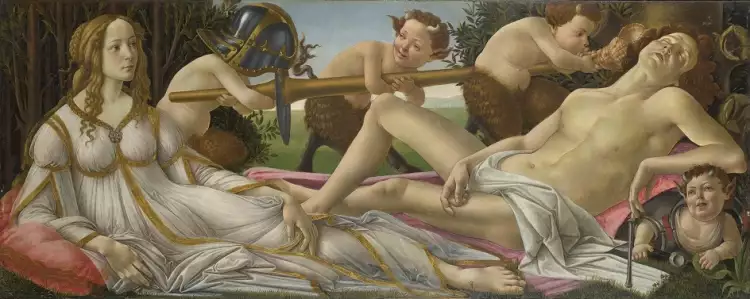 Sandro Botticelli. Venus and Mars, 1485
Sandro Botticelli. Venus and Mars, 1485
In the early 1490s, Florence suffered from a deep crisis. Lorenzo de' Medici died, and soon French troops expelled the remaining members of the family from the city. The unofficial leader of the once joyful and free Florence became the gloomy monk Savonarola, who called on the people to repentance and predicted the end of the world. Presumably, Sandro Botticelli was also influenced by the spirit of these sermons. He began to paint less and chose only religious themes for his later works. The artist died on May 17, 1510, in poverty, under the care of his nephews. He had no children of his own.
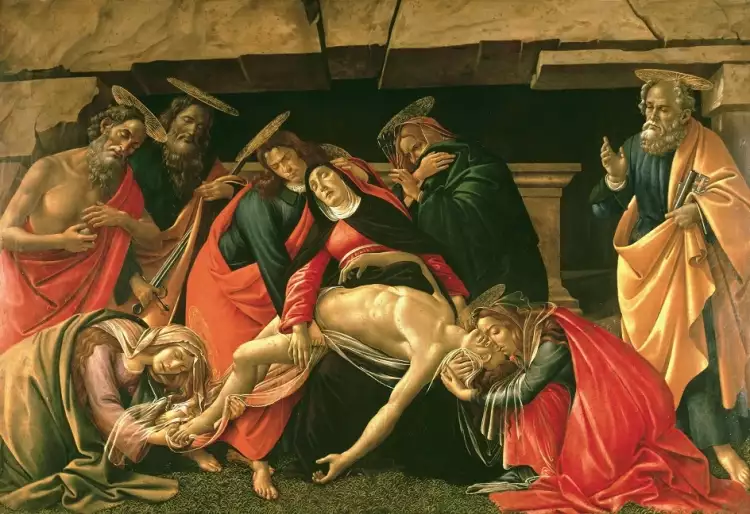 Sandro Botticelli. Lamentation of Christ, early 1490s
Sandro Botticelli. Lamentation of Christ, early 1490s
It's hard to believe that this artist faced long oblivion. For a hundred years after his death, until the beginning of Mannerism, few remembered him. Then he remained in the shadow of more famous masters of the Renaissance. It was only in the 19th century that he received the deserved fame, largely due to the Pre-Raphaelite Brotherhood, who appreciated the beauty and nobility of Botticelli's figures and adopted much from him.
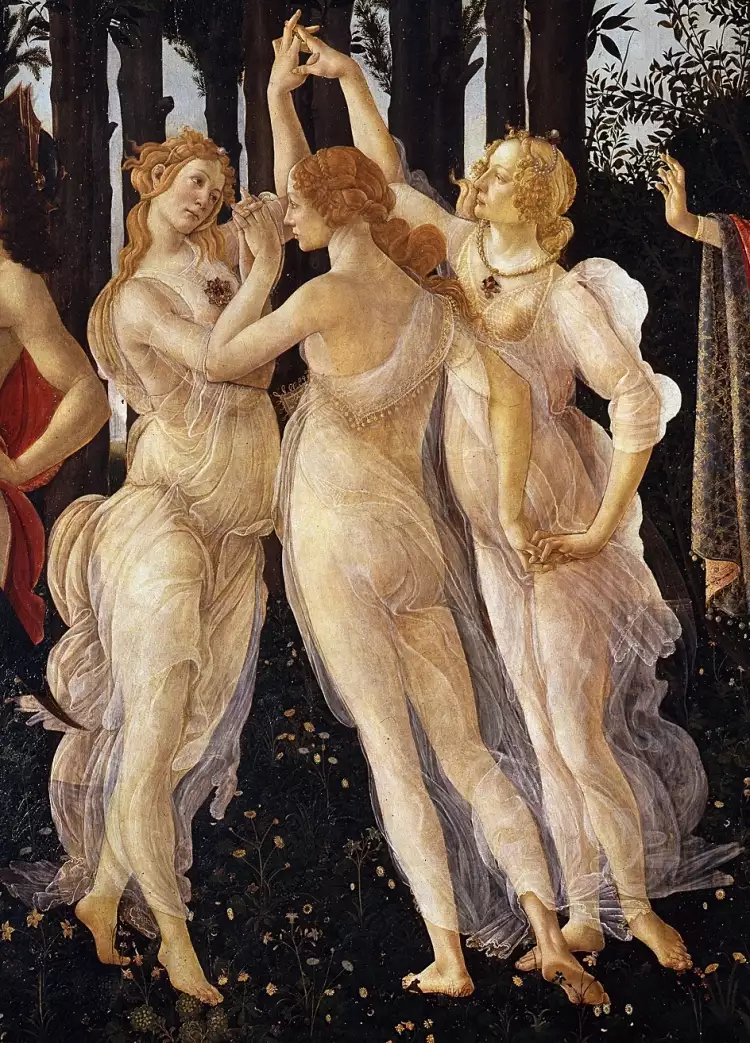 Sandro Botticelli. The Three Graces (fragment of the painting Primavera), 1482
Sandro Botticelli. The Three Graces (fragment of the painting Primavera), 1482
The Most Famous Paintings of Sandro Botticelli
Sandro Botticelli's paintings most often revolve around religious themes: he created many Madonnas, saints, and biblical events. His works with characters from ancient myths and portraits also hold an important place in his artistic career. Here are some of the master's most renowned pieces:
- "Saint Sebastian," 1474. A rare case where the artist depicted a meticulously detailed naked male body. However, the real highlight is the expression on the hero's face, reflecting thoughtfulness, patience, and indifference to death.
- "Primavera" (Spring), 1482. This allegorical scene embodies philosophical, historical, and religious meanings. It was inspired by the poems of Lucretius and Ovid.
- "The Birth of Venus," 1485. This painting is one of the most recognizable not only among Botticelli's works but in all of Western culture. It is believed that the beautiful Venus was modeled after the lovely Simonetta Vespucci.
- "Annunciation of Cestello," 1490. In this traditional biblical scene, the artist's style shines through brightly. The poses of the characters may be unnatural, but the faces, hair, and folds of clothing are astonishingly authentic.
- "Virgin and Child with an Angel," 1470. This painting, also known as "Madonna of the Eucharist," remained forgotten for a long time. It was only in the late 19th century that the artwork gained interest when it became part of the collection of the renowned American patron Isabella Stewart Gardner (1840-1924).
- "Lamentation over the Dead Christ," 1490-1492. This masterpiece of the Italian Renaissance is dedicated to one of the most dramatic biblical stories—the parting of loved ones with the executed Savior. Botticelli created two works with a similar subject and the same title. The first painting was made for the altar of the Florentine church of Santa Maria Maggiore, and the second between 1492 and 1495 for the church of San Paolino in Florence.
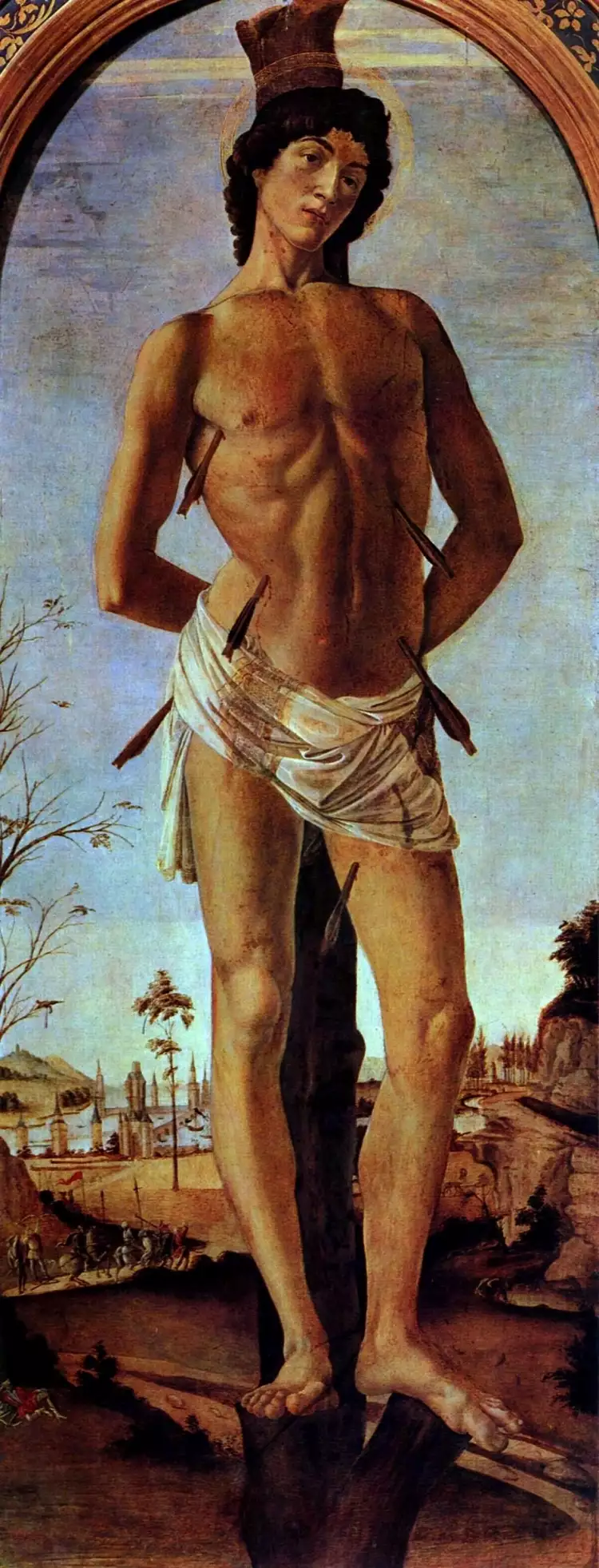 Sandro Botticelli. St Sebastian, 1474
Sandro Botticelli. St Sebastian, 1474
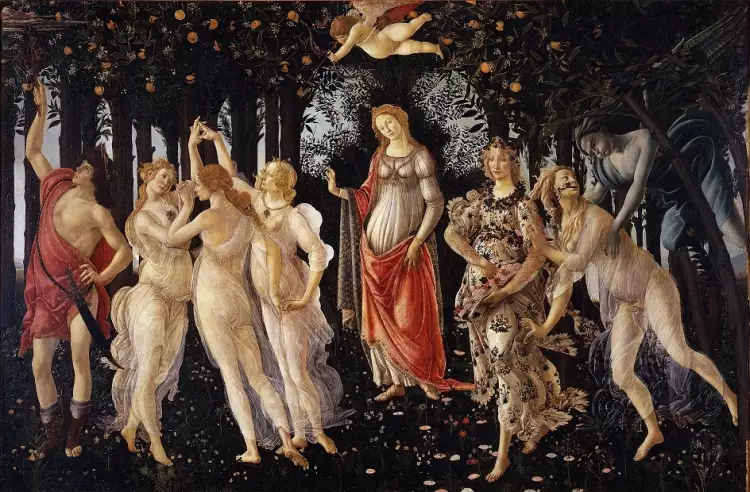 Sandro Botticelli. Primavera, 1482
Sandro Botticelli. Primavera, 1482
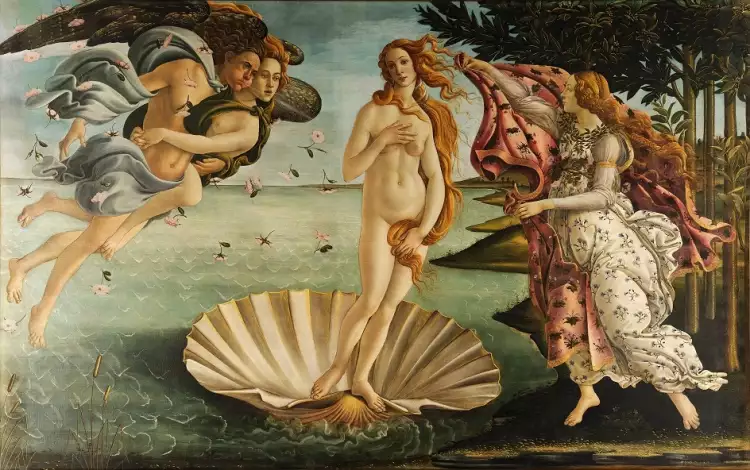 Sandro Botticelli. The Birth of Venus, 1485
Sandro Botticelli. The Birth of Venus, 1485
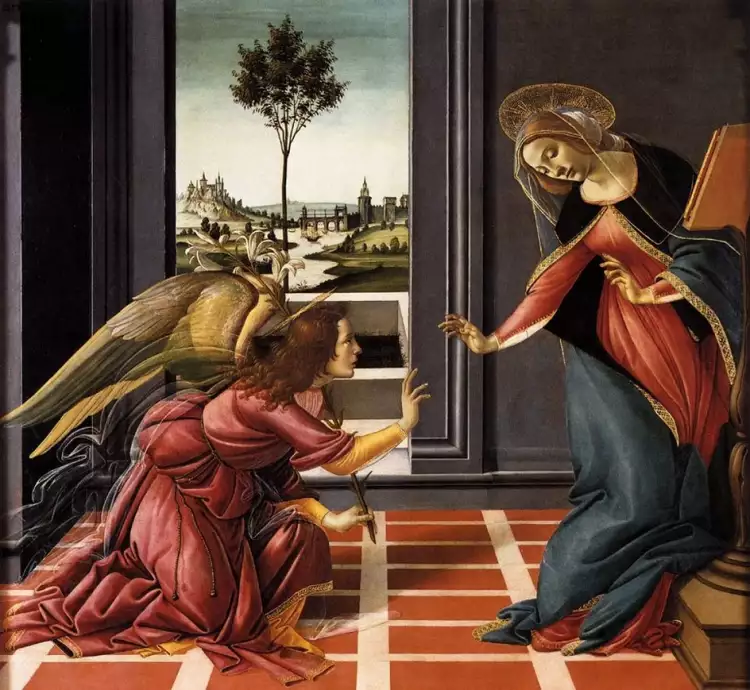 Sandro Botticelli. Annunciation of Cestello, 1489-1490
Sandro Botticelli. Annunciation of Cestello, 1489-1490
If you are fond of artworks by old masters, you can enrich your collection using the website Very Important Lot. Regular auctions take place here, where you can acquire works by both Russian and foreign painters. Additionally, the platform offers the opportunity to purchase paintings from contemporary artists directly at an affordable price.
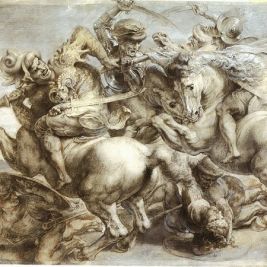 Graphics: its essence, types, and history. Notable graphic artists
Graphics: its essence, types, and history. Notable graphic artists 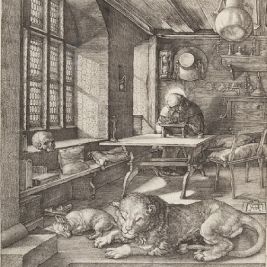 Engraving is a captivating art of creating printed images
Engraving is a captivating art of creating printed images  Illuminating the Past: The Rise of Vintage Lighting in Modern Decor
Illuminating the Past: The Rise of Vintage Lighting in Modern Decor 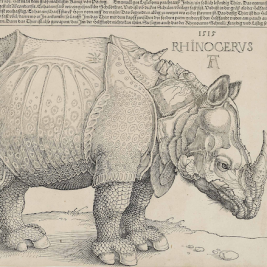 The engraving "Rhinoceros" by Albrecht Dürer - Europe's acquaintance with a curious beast
The engraving "Rhinoceros" by Albrecht Dürer - Europe's acquaintance with a curious beast 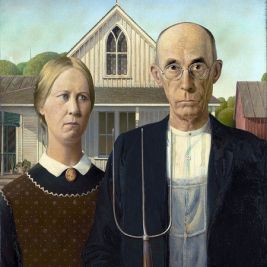 Regionalism is an American art movement that celebrates the beauty of simple provincial life
Regionalism is an American art movement that celebrates the beauty of simple provincial life 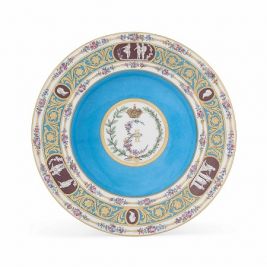 Sèvres porcelain
Sèvres porcelain 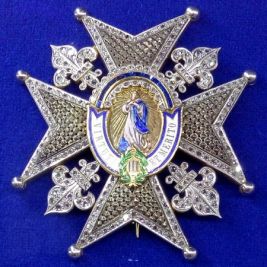 Order of Carlos III is the highest civilian award in Spain
Order of Carlos III is the highest civilian award in Spain 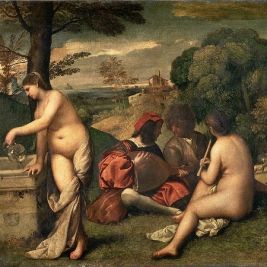 Pastoral is an elegant and carefree genre of art from the Baroque and Rococo periods
Pastoral is an elegant and carefree genre of art from the Baroque and Rococo periods 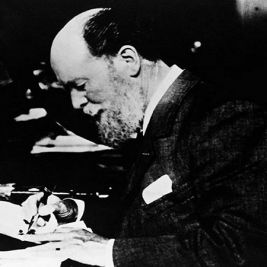 Carl Fabergé - a Russian jeweler known throughout the world
Carl Fabergé - a Russian jeweler known throughout the world 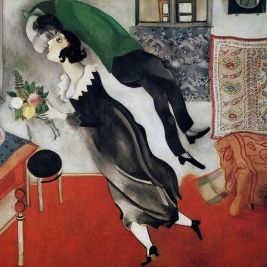 The painting "The birthday" by Marc Chagall is an ode to love capable of soaring above the everyday
The painting "The birthday" by Marc Chagall is an ode to love capable of soaring above the everyday